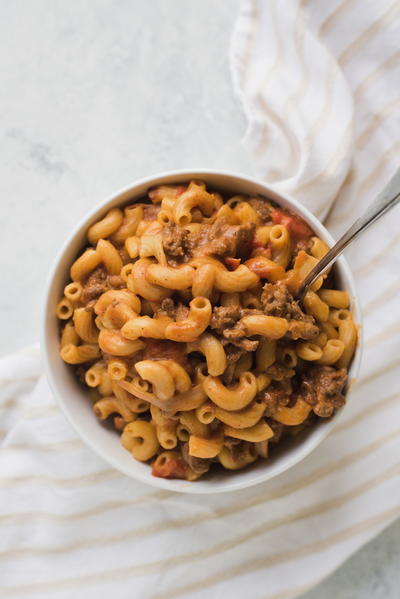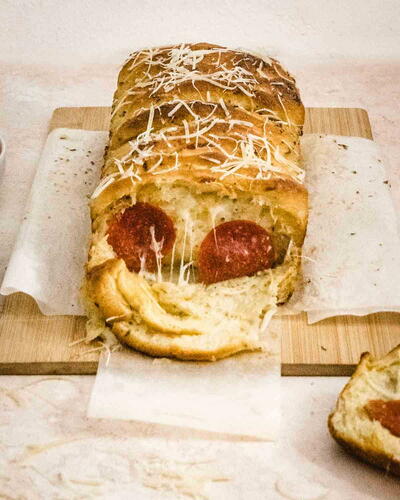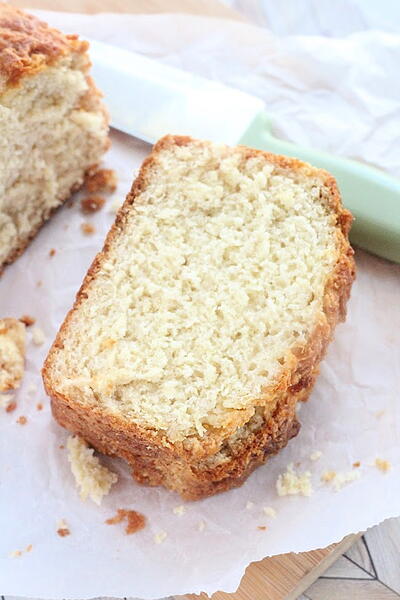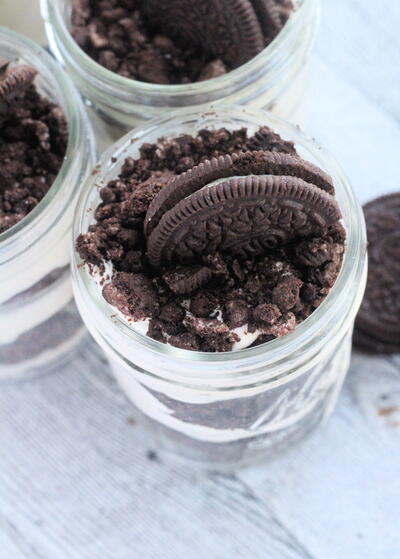Swedish Sour Herring
Ingredients
- This recipe for "surstromming" (Swedish sour herring) is for real.
- It is fermented herring, like sauerkraut with just enough salt to
- select for a particular sort of fermentation. When bought in cans,
- they bulge, so there's some sort of anaerobic fermentation still
- going on. I wanted a recipe this spring, because I salt down herring
- (for pickled herring) during the run here on Cape Cod and wanted
- to try my hand making surstromming. Surstromming originated, the
- story goes, when a ship returning an abundance of herring ran low
- on salt and the locals developed a taste for the spoiled result.
Instructions
(Swedish sour herring). Ulven is an old scandinavian word for the wolf. The modern word for wolf is "varg". But, the surstromming manufacturer uses the old version, ulv for wolf, and by adding the article at the end of the word you get "Ulven" for "the wolf". That is, "Roda Ulven" says "The Red Wolf". Ulv is also used as a name, pretty common among the vikings I believe, and still used. The o with umlaut in Roda is pronounced oe, like the o in the german brotchen for little bread. Another similar sound would be how you say the o in word. Kerstin got a surstromming recipe from the Red Wolf surstromming producers. It was very difficult to get a precise answer about the concentration of the brine, the guy she talked to talked about degrees, and did not know if these degrees represent percent. But read the following and come back with questions if things are critically unclear. Perhaps we can find out. You need stromming. The fish should not be of sill-type. That is, not too fat. You also need coarse grained salt. A 60 liter plastic barrel was recommended. It should have a lid equipped with a priming cock, a sort of ventilator or regulator to prevent the barrel to explode when the fermentation process begin. About 35 to 40 kg stromming is suitable for the 60 l barrel. The brine concentration. They use a salt measurer, a salinometer of some sort, having a scale expressed in degrees. An approximate way to get the right brine concentration was to make holes in the bottom of a bucket, fill it with the coarse grained salt, and sieve the water through the salt...which should give a "saturated" brine of 23 "degrees". Gut the fish and take away the heads too. Day 1. Fill the 60 l barrel to one third, about 20 l, with the 23 degree brine. Put in the fish, add salt on the top. Let it rest for a few hours. Then stir every third hour for the rest of the day. Day 2. The brine should be much less salty, about 11 degrees, because much of the dissolved salt should be in the fish by now. Keep 5 l of the brine, the call it the blood brine. Sieve the fish and throw away the remaining brine. Make a new brine, 20 liter, 12 degrees. Fill the plastic barrel with one third brine, 20 l, these 20 l should include the 5 l blood brine, and add the fish. Put on the lid. Keep it 17 to 18 deg C. You must use the ventilator the prevent it from exploding. It will be ready in mid August. It will stink.
Read NextOld Fashioned Scrapple





